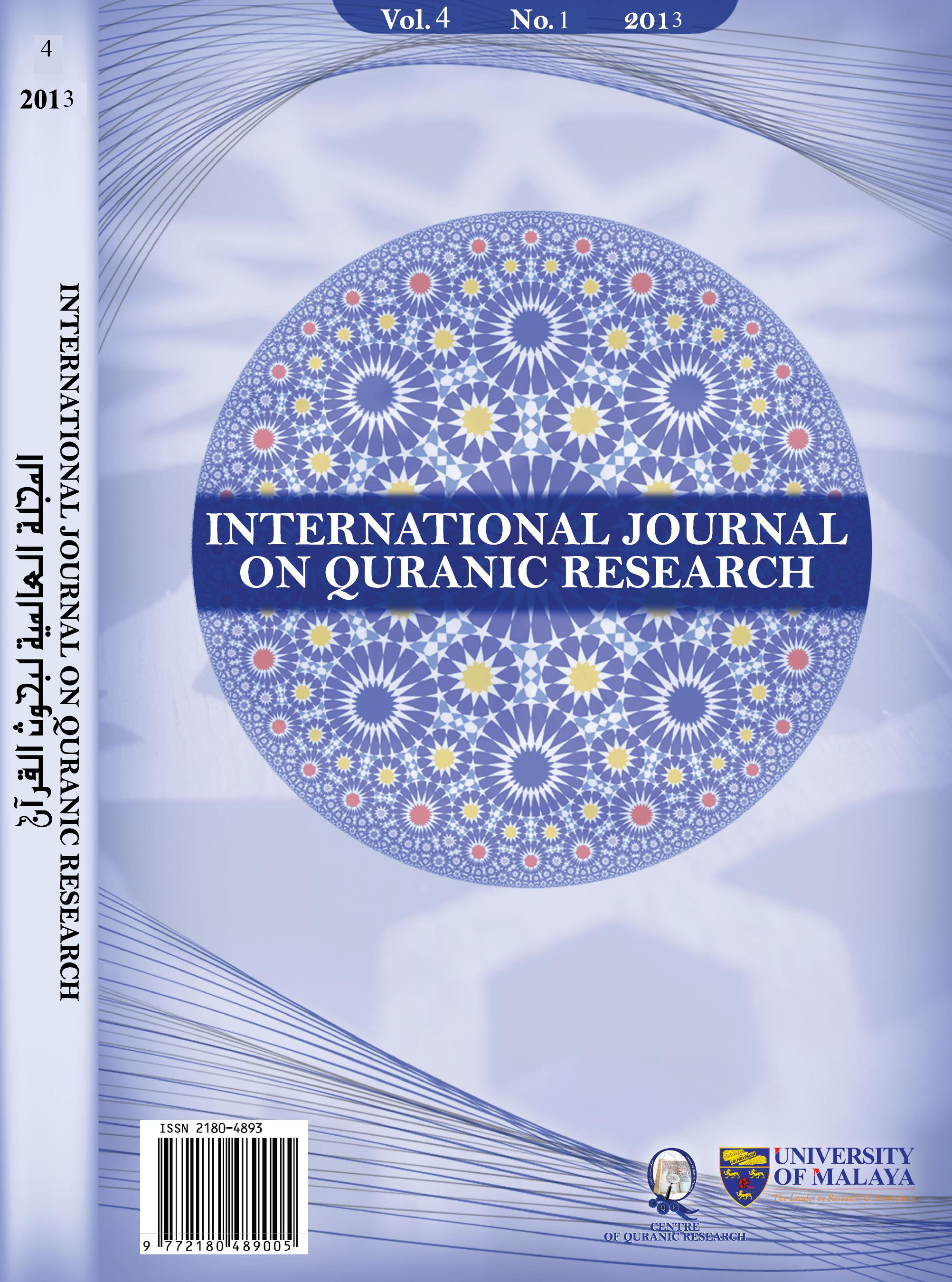The Role of Intertextual Polysemy in Qur'anic Exegesis
Main Article Content
Abstract
Although there are various methods of Qur’anic interpretation with various rules laid down by Qur’anic interpreters (mufassirīn), there is only one approach that the Qur’an sanctions, which is a linguistic approach. Since the Arabic language is rich in polysemy, this study introduces the method of intertextual polysemy in Qur’anic hermeneutics, which is independent of traditional approaches of exegesis, such as interpretation by precedence and circumstances of revelation. It analyzes the root meanings of the Arabic terms used in the Qur’an and relating to how the Qur’an uses different morphologies of the same root in different verses. When connecting the terms in the Qur’an it brings forth a different perspective of how to interpret the text. The study illustrates three different examples to understand the extent of intertextual polysemy in exegesis by i) relating the Qur’anic text with itself, ii) relating the phonetic expression of the Qur’an with the text, and iii) relating ritual with the text. In all cases, we find a unique understanding for Qur’anic interpretation, which would not be seen through classical approaches. This sheds light on the various possibilities for the role of intertextual polysemy in understanding deeper meanings of the Qur’an.
Downloads
Article Details
Disclaimer
QURANICA makes every effort to ensure the accuracy of all its contents. However, opinions, discussions, views and recommendations are expressed in this journal do not necessarily reflect the official policy of QURANICA or views of its editors or publishers. Therefore, QURANICA and its publishers will not be liable for any controversy may be arisen. The journal reserves the right, at its sole discretion, to change its terms and conditions of publications.
Copyright
It is a condition of publication that manuscript submitted to the journal have not been published, accepted for publication, nor simultaneously submitted for publication elsewhere. By submitting a manuscript, the author(s) agrees that copyright for the article is transferred to the publisher, if and when the manuscript is accepted for publication.
